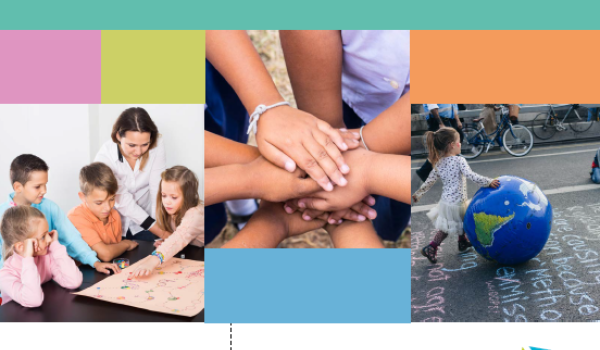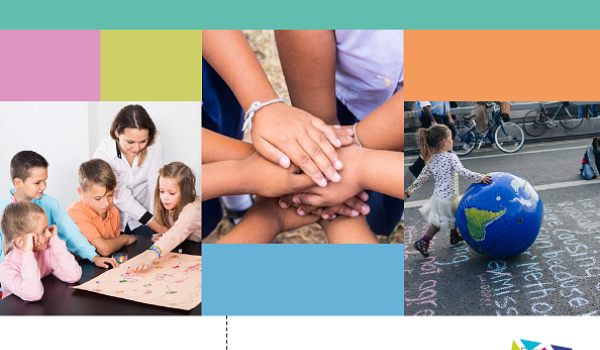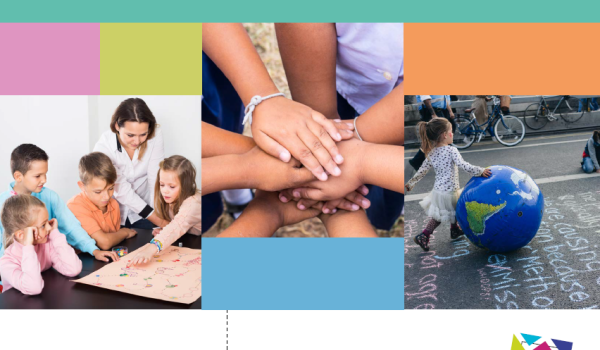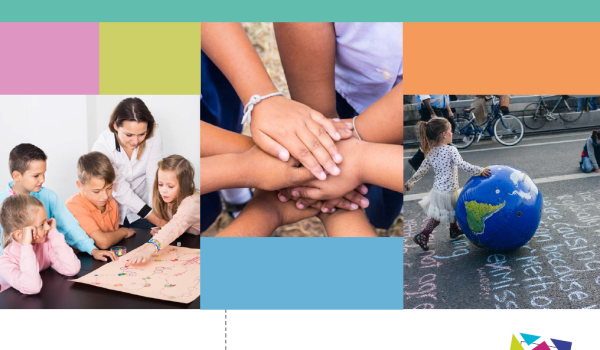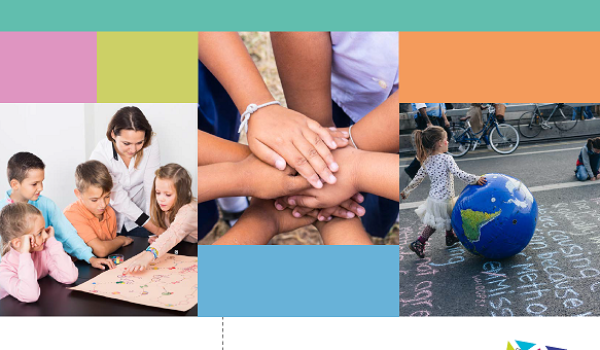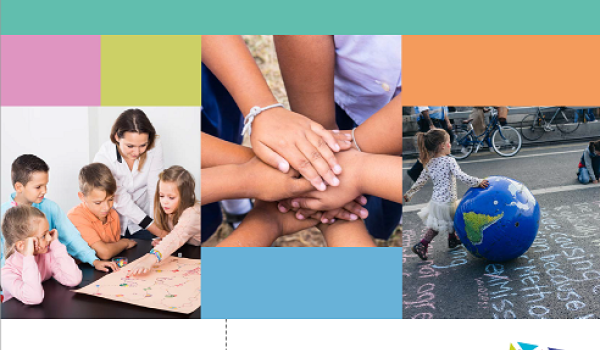Displaying 91 - 100 of 136
These guidelines were developed to supplement already established procedures and protocols within child rights organizations. The main objective for the development of these guidelines was to contribute to creating child-friendly, inclusive, and…
This section of the Handbook will help professionals who work in education, health, alternative care, child protection, immigration and asylum, family support and pre-school services to understand what is meant by the term “children’s participation…
This section of the Handbook focuses on the organisations or systems within which professionals work – for example, schools, early childhood education centres, hospitals, health clinics, offices, justice and child protection systems. It explores how…
This section of the Handbook focuses on the rights of individual children to have their views taken into account in day-to-day decision making, meetings, interviews, hearings and proceedings, for example in schools, early years centres, hospitals,…
This section of the Handbook focuses on the rights of groups of children to express their views and for these to be given due weight in decisions that affect them, for example regarding professional practice, services and facilities, planning,…
Council of Europe
Annex 3 of the Council of Europe Handbook on children's participation provides a checklist for ensuring safety and well-being of children in participatory processes.
Handbook on Children's Participation Annex 4 - Challenging discrimination: Implications for practice
Annex 4 of the Council of Europe Handbook on children's participation explains the principle of non-discrimination and its implications for professionals working with children.
Annex 5 of the Council of Europe Handbook on children's participation includes a checklist for explaining children's role when they are involved in decision making.
Annex 6 of the Council of Europe Handbook on children's participation includes a checklist for professionals communicating with children.

